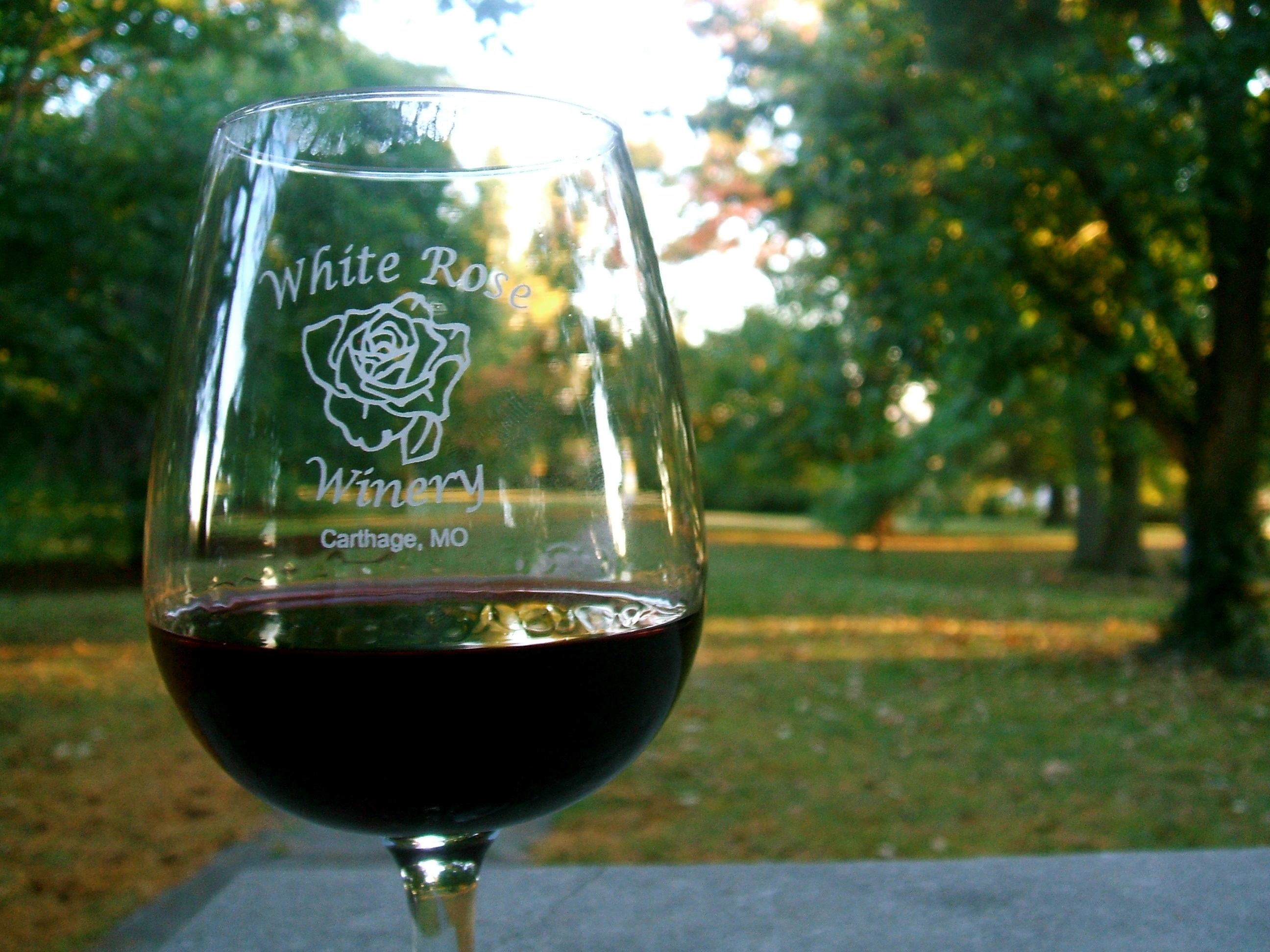|
Goldriesling
Goldriesling is a grape variety of the species ''Vitis vinifera'' used for white wine. It was created in 1893 by Christian Oberlin in Colmar, Alsace by crossing Riesling with another grape variety, which is sometimes given as Courtillier Musqué Précoce, but not identified conclusively. Goldriesling is typically characterised by Muscat-like aromas and high acidity, and ripens fairly early. It has been used as a crossing partner for several other grape varieties including Lucie Kuhlmann, Léon Millot, Marechal Joffre and Maréchal Foch. Goldriesling is an approved grape variety for German wine, but is almost only cultivated in Saxony Saxony (german: Sachsen ; Upper Saxon: ''Saggsn''; hsb, Sakska), officially the Free State of Saxony (german: Freistaat Sachsen, links=no ; Upper Saxon: ''Freischdaad Saggsn''; hsb, Swobodny stat Sakska, links=no), is a landlocked state of ..., where it covered in 2008. Synonyms Goldriesling is known under the synonyms Goldmuskat, ... [...More Info...] [...Related Items...] OR: [Wikipedia] [Google] [Baidu] |
Saxony (wine Region)
Saxony (''Sachsen'') is a region for quality wine in Germany located in the German federal state of Saxony. The region is sometimes referred to colloquially as ''the Elbtal'' (Elbe valley). The wine region covers ,German Wine Institute: German wine statistics 2009/2010 which makes it Germany's third smallest region, just ahead of Mittelrhein and Hessische Bergstraße in size. It is situated along the |
German Wine
German wine is primarily produced in the west of Germany, along the river Rhine and its tributaries, with the oldest plantations going back to the Roman era. Approximately 60 percent of German wine is produced in the state of Rhineland-Palatinate, where 6 of the 13 regions (''Anbaugebiete'') for quality wine are situated. Germany has about 103,000 hectares (252,000 acres or 1,030 square kilometers) of vineyard, which is around one tenth of the vineyard surface in Spain, France or Italy. The total wine production is usually around 10 million hectoliters annually, corresponding to 1.3 billion bottles, which places Germany as the eighth-largest wine-producing country in the world. White wine accounts for almost two thirds of the total production. As a wine country, Germany has a mixed reputation internationally, with some consumers on the export markets associating Germany with the world's most elegant and aromatically pure white wines while other see the country mainly as the sou ... [...More Info...] [...Related Items...] OR: [Wikipedia] [Google] [Baidu] |
Marechal Foch (grape)
Maréchal Foch () is an inter-specific hybrid French red wine grape variety. It was developed at the Oberlin Institute in Colmar-Alsace, at the beginning of the 20th century, by Eugène Kuhlmann, then known as Kuhlmann 188-2''.'' The variety arrived in the U.S. in 1946, where it was subsequently renamed Marechal Foch in honor of Marshall Ferdinand Foch, Supreme Allied Commander during the First World War. Some believe it to be a cross of Goldriesling (itself an intra-specific cross of Riesling and Courtiller Musqué) with a ''Vitis riparia'' - ''Vitis rupestris'' cross. Others contend that its pedigree is uncertain and may contain the grape variety Oberlin 595. It ripens early, and it is cold-hardy and resistant to fungal diseases. The berry size is small, which makes it prone to bird injury. The quality of wine produced by Marechal Foch vines is highly dependent upon vine age, and the flavor profile associated with many new-world hybrid varietals is much reduced in examples ... [...More Info...] [...Related Items...] OR: [Wikipedia] [Google] [Baidu] |
Léon Millot
Léon Millot (sometimes called "Leon Millot Rouge" (or "Foster's Leon") to distinguish it from "Leon Millot Noir" (a.k.a. "Wagner's Leon") which many breeders believe to be ) is a red variety of hybrid grape used for wine.Leon Millot , Vitis International Variety Catalogue, accessed on June 17, 2010 It was created in 1911 in the Oberlin Institute in , Alsace, by the French viticulturist |
Vitis Vinifera
''Vitis vinifera'', the common grape vine, is a species of flowering plant, native to the Mediterranean Basin, Mediterranean region, Central Europe, and southwestern Asia, from Morocco and Portugal north to southern Germany and east to northern Iran. There are currently between List of grape varieties, 5,000 and 10,000 varieties of ''Vitis vinifera'' grapes though only a few are of commercial significance for wine and table grape production. The wild grape is often classified as ''Vitis vinifera'' ''sylvestris'' (in some classifications considered ''Vitis sylvestris''), with ''Vitis vinifera'' ''vinifera'' restricted to cultivated forms. Domesticated vines have hermaphrodite#Botany, hermaphrodite flowers, but ''sylvestris'' is plant sexuality, dioecious (male and female flowers on separate plants) and pollination is required for fruit to develop. Grapes can be eaten fresh or dried to produce raisins, Sultana (grape)#Raisins, sultanas, and Zante currant, currants. Grape leaves ar ... [...More Info...] [...Related Items...] OR: [Wikipedia] [Google] [Baidu] |
Muscat (grape)
The Muscat family of grapes includes over 200 grape varieties belonging to the ''Vitis vinifera'' species that have been used in wine production and as raisin and table grapes around the globe for many centuries. Their colors range from white (such as '' Muscat Ottonel''), to yellow ('' Moscato Giallo''), to pink (''Moscato rosa del Trentino'') to near black ('' Muscat Hamburg''). Muscat grapes and wines almost always have a pronounced floral aroma. The breadth and number of varieties of Muscat suggest that it is perhaps the oldest domesticated grape variety, and there are theories that most families within the ''Vitis vinifera'' grape variety are descended from the Muscat variety.J. Robinson: ''Vines Grapes & Wines'', p. 183. Mitchell Beazley 1986 . Among the most notable members of the Muscat family are '' Muscat blanc à Petits Grains'', which is the primary grape variety used in the production of the Italian sparkling wine ''Asti'' (also known as ''Moscato Asti'') made ... [...More Info...] [...Related Items...] OR: [Wikipedia] [Google] [Baidu] |
Marechal Joffre
Joseph Jacques Césaire Joffre (12 January 1852 – 3 January 1931) was a French general who served as Commander-in-Chief of French forces on the Western Front from the start of World War I until the end of 1916. He is best known for regrouping the retreating allied armies to defeat the Germans at the strategically decisive First Battle of the Marne in September 1914. His political position waned after unsuccessful offensives in 1915, the German attack on Verdun in 1916, and the disappointing results of the Anglo-French offensive on the Somme in 1916. At the end of 1916 he was promoted to Marshal of France, the first such elevation under the Third Republic, and moved to an advisory role, from which he quickly resigned. Later in the war he led an important mission to the United States. Early career Joffre was born in Rivesaltes, Pyrénées-Orientales, into a family of vineyard owners. He entered the École Polytechnique in 1870 and became a career officer. He first saw a ... [...More Info...] [...Related Items...] OR: [Wikipedia] [Google] [Baidu] |
Lucie Kuhlmann
Lucie is the French and Czech form of the female name Lucia. Notable people with the name include: Given name * Lucie Ahl, British tennis player * Lucie Arnaz, American actress * Lucie Aubrac, member of the French Resistance * Lucie Balthazar, Canadian handball player * Lucie Bílá Lucie Bílá (born April 7, 1966 as ''Hana Zaňáková'') is a Czech pop singer. According to her label, EMI Czech Republic, the singer has sold over one million albums. She won the Czech musical award, Český slavík 13 times, the highes ..., Czech pop singer * Lucie-Anne Blazek, Swiss figure skater * Lucie Blue Tremblay, Canadian singer-songwriter * Lucie Böhm, Austrian orienteer * Lucie Boissonnas (1839-1877), French writer * Lucie Brock-Broido, American poet * Lucie Campbell, American composer * Lucie Cave, British journalist * Lucie Charlebois, Canadian politician * Lucie Daouphars (1922-1963), French model known as Lucky * Lucie de la Falaise, Welsh-French former model and socialite ... [...More Info...] [...Related Items...] OR: [Wikipedia] [Google] [Baidu] |
Institut Für Rebenzüchtung Geilweilerhof
An institute is an organisational body created for a certain purpose. They are often research organisations ( research institutes) created to do research on specific topics, or can also be a professional body. In some countries, institutes can be part of a university or other institutions of higher education, either as a group of departments or an autonomous educational institution without a traditional university status such as a "university institute" (see Institute of Technology). In some countries, such as South Korea and India, private schools are sometimes referred to as institutes, and in Spain, secondary schools are referred to as institutes. Historically, in some countries institutes were educational units imparting vocational training and often incorporating libraries, also known as mechanics' institutes. The word "institute" comes from a Latin word ''institutum'' meaning "facility" or "habit"; from ''instituere'' meaning "build", "create", "raise" or "educate". ... [...More Info...] [...Related Items...] OR: [Wikipedia] [Google] [Baidu] |
Synonyms
A synonym is a word, morpheme, or phrase that means exactly or nearly the same as another word, morpheme, or phrase in a given language. For example, in the English language, the words ''begin'', ''start'', ''commence'', and ''initiate'' are all synonyms of one another: they are ''synonymous''. The standard test for synonymy is substitution: one form can be replaced by another in a sentence without changing its meaning. Words are considered synonymous in only one particular sense: for example, ''long'' and ''extended'' in the context ''long time'' or ''extended time'' are synonymous, but ''long'' cannot be used in the phrase ''extended family''. Synonyms with exactly the same meaning share a seme or denotational sememe, whereas those with inexactly similar meanings share a broader denotational or connotational sememe and thus overlap within a semantic field. The former are sometimes called cognitive synonyms and the latter, near-synonyms, plesionyms or poecilonyms. Lexic ... [...More Info...] [...Related Items...] OR: [Wikipedia] [Google] [Baidu] |
Vitis International Variety Catalogue
The Vitis International Variety Catalogue (VIVC) is a database of various species and varieties/cultivars of grapevine, the genus ''Vitis''. VIVC is administered by the Geilweilerhof Institute for Grape Breeding (''Institut für Rebenzüchtung Geilweilerhof'') in Siebeldingen, Germany, and contains information from grapevine collections existing in various institutes of viticulture around the world. As of April 2009, the information in the database brought together information from 130 institutions located in 45 countries, and contains about 18,000 entries. The database was started in 1983, and has been available online since 1996. Its initial creation was supported by the International Organisation of Vine and Wine and the International Board for Plant Genetic Resources, a forerunner of Bioversity International. The purpose of the VIVC database is to provide documentation on available grapevine genetic resources, and to be a source of information to grape breeders, viticultura ... [...More Info...] [...Related Items...] OR: [Wikipedia] [Google] [Baidu] |



.jpg)


